| Structure | Name/CAS No. | Articles |
|---|---|---|
 |
Dimethyl sulfoxide
CAS:67-68-5 |
|
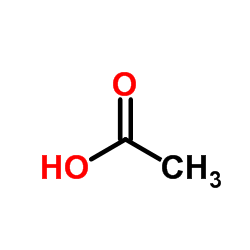 |
acetic acid
CAS:64-19-7 |
|
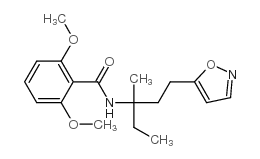 |
isoxaben
CAS:82558-50-7 |
|
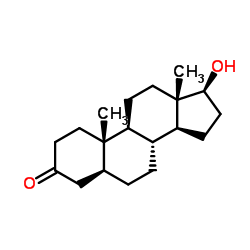 |
Stanolone
CAS:521-18-6 |
|
 |
acetic acid
CAS:1173022-32-6 |
|
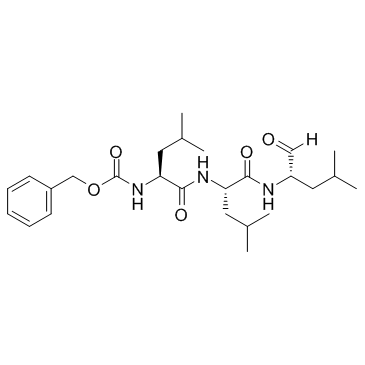 |
MG-132
CAS:133407-82-6 |
|
 |
argon-40
CAS:1290046-39-7 |
|
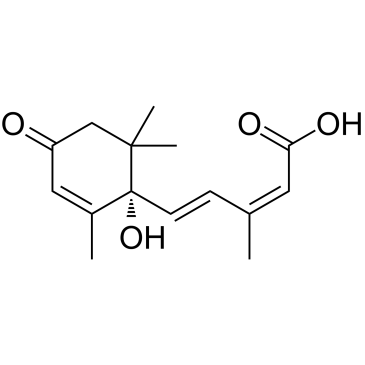 |
Abscisic acid
CAS:21293-29-8 |